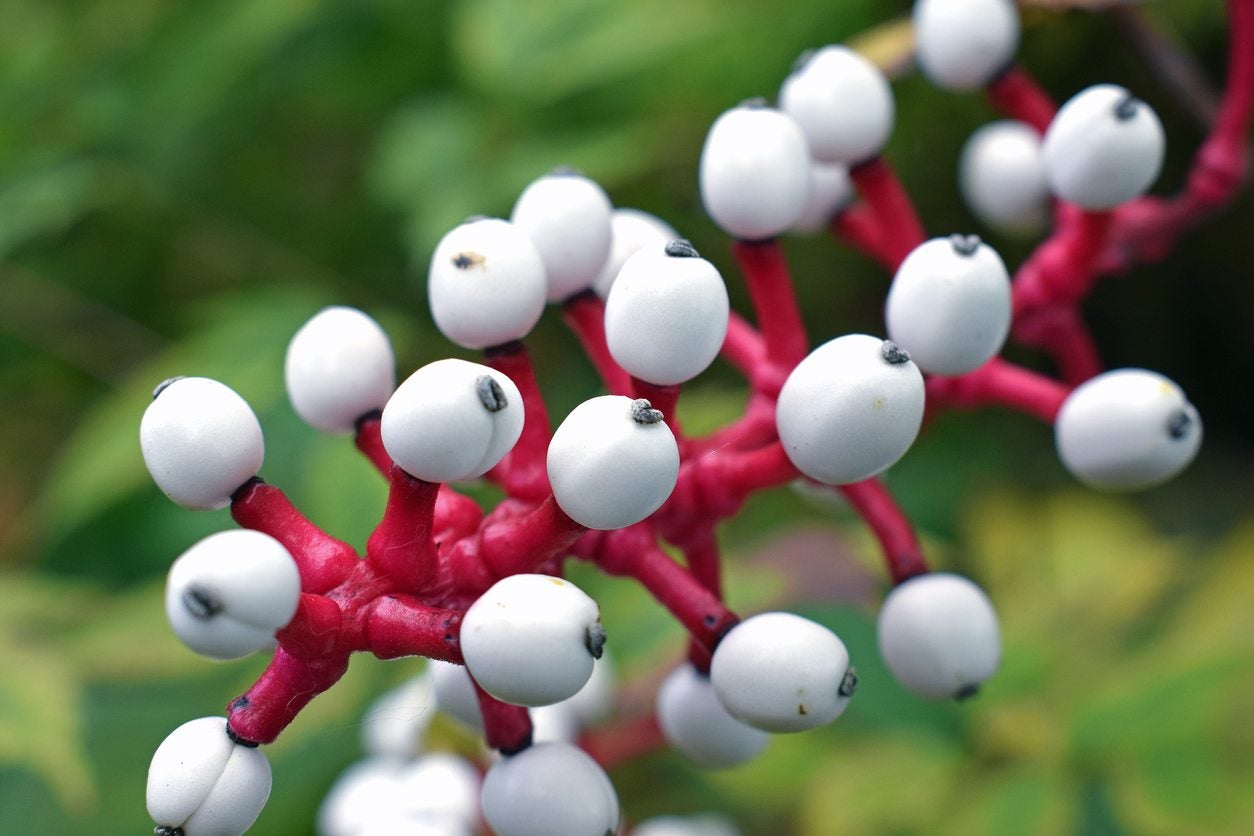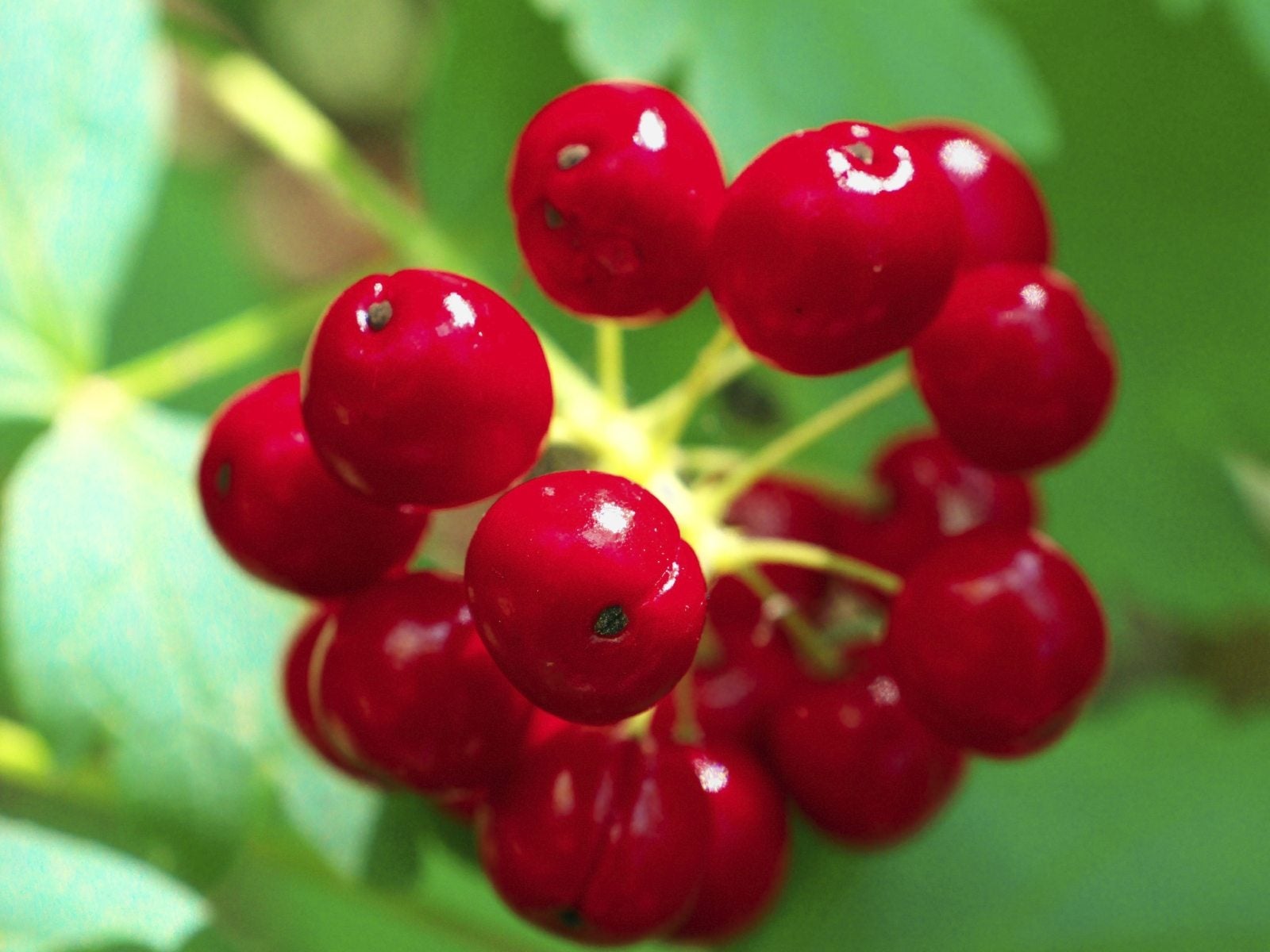White Baneberry Care – How To Grow Doll’s Eye Plant In Gardens


Native to moist, deciduous woodlands in North America and much of Europe, white baneberry (doll’s eye) plants are rather odd-looking wildflowers, named for the clusters of small, white, black-spotted berries that appear in midsummer. Interested in growing white baneberry? Read on to learn more.
Baneberry Information
In addition to doll’s eye, white baneberry (Actaea pachypoda) is known by a variety of alternate names, including white cohosh and necklace weed. This is a relatively large plant that reaches mature heights of 12 to 30 inches (31-76 cm.). Clusters of small, white flowers bloom atop thick, reddish stems in late spring and early summer. The rounded berries (which may also be purplish black or red) show up from late summer to early autumn.
How to Grow Doll’s Eye Plant
Growing white baneberry doll’s eye plants is not difficult, and they’re suitable for growing in USDA plant hardiness zones 3 through 8. This woodland plant thrives in moist, rich, well-drained soil and partial shade. Plant baneberry seeds in late autumn, but keep in mind the plant may not flower until the second spring. You can also start seeds indoors in late winter. Either way, keep the soil moist until the seeds germinate. Often, white baneberry plants are available in garden centers that specialize in native plants or wildflowers.
White Baneberry Care
Once established, white baneberry care is minimal. White baneberry prefers moist soil, so provide water regularly, especially during hot, dry weather. A thin layer of mulch protects the roots during winter. Note: All parts of the baneberry plant are toxic, although birds eat the berries with no problems. For humans, eating the roots and berries in large quantities may cause severe mouth and throat pain, as well as dizziness, stomach cramps, diarrhea, headache, and hallucinations. Fortunately, the weird appearance of the berries makes them unappetizing for most people. However, think twice before planting white baneberry if you have young children.
Gardening tips, videos, info and more delivered right to your inbox!
Sign up for the Gardening Know How newsletter today and receive a free copy of our e-book "How to Grow Delicious Tomatoes".

A Credentialed Garden Writer, Mary H. Dyer was with Gardening Know How in the very beginning, publishing articles as early as 2007.
-
 Looking For Plants To Give You The Soft And Fuzzies? Try These 5 Fuzzy Leaf Plant Options
Looking For Plants To Give You The Soft And Fuzzies? Try These 5 Fuzzy Leaf Plant OptionsLovers of texture, drama, silver foliage and tactile plants will adore these special sensory garden additions. These fuzzy leaf plant options will leave you all aglow
By Susan Albert
-
 Get Ready For A Summer Of Hummers! Grow These Full Sun Hummingbird Plants and Flowers
Get Ready For A Summer Of Hummers! Grow These Full Sun Hummingbird Plants and FlowersIf you’re lucky enough to enjoy a sunny backyard, make sure you are maxing out on your pollinator opportunities and grow these full sun hummingbird plants and flowers
By Tonya Barnett
